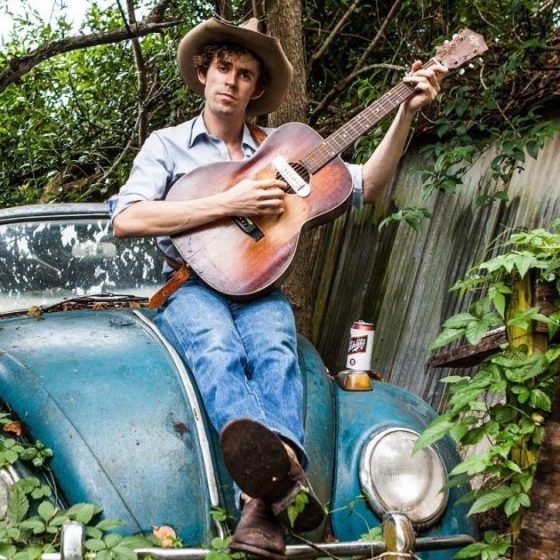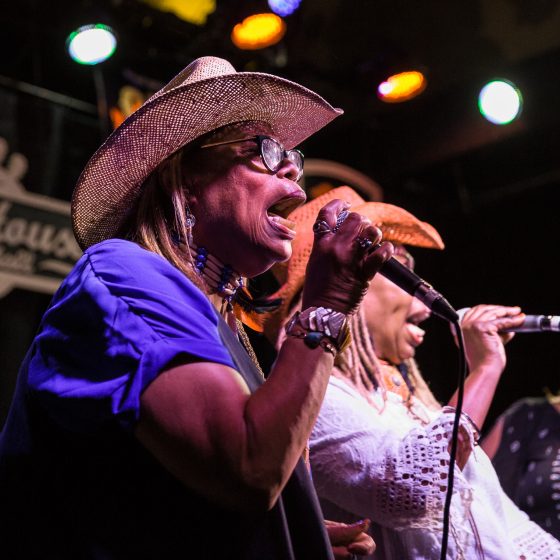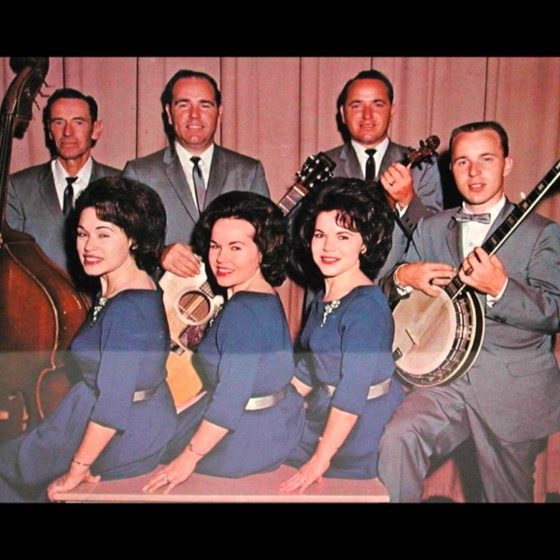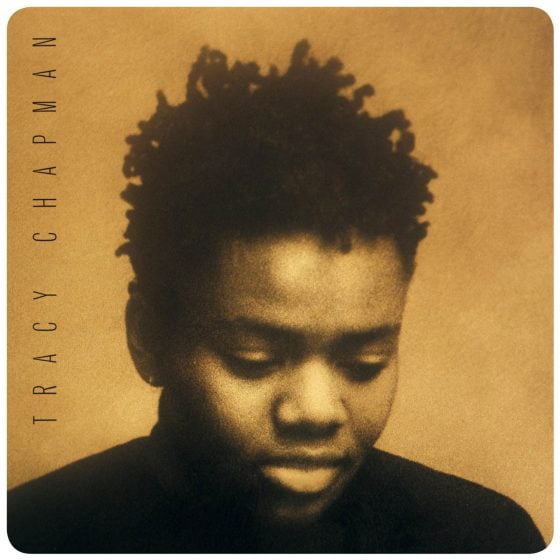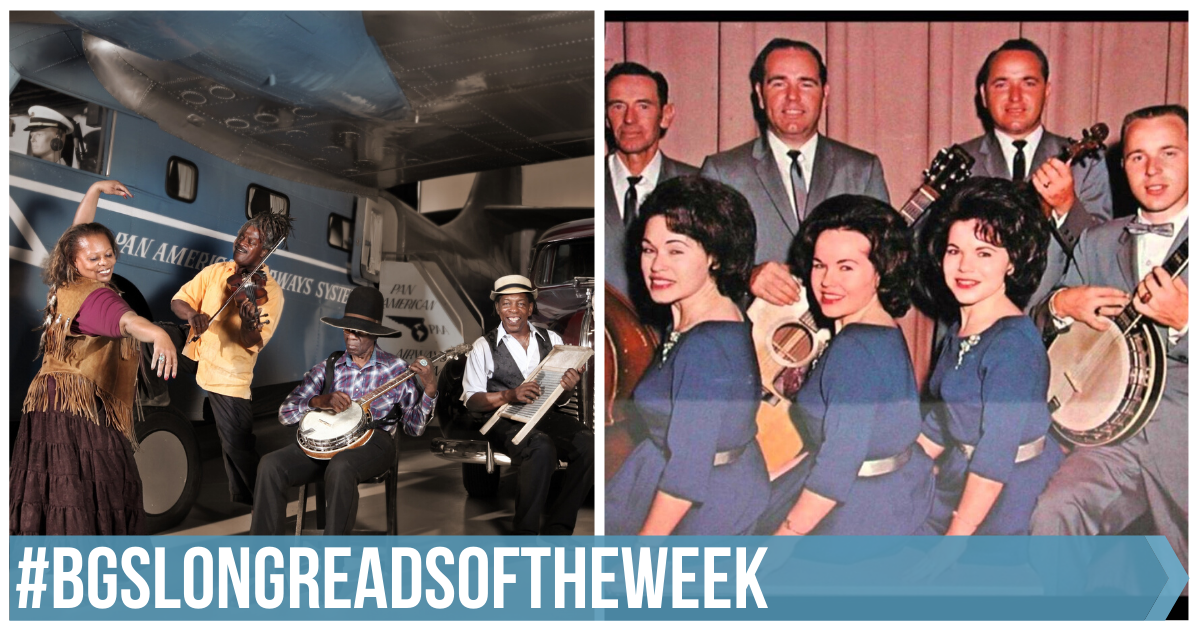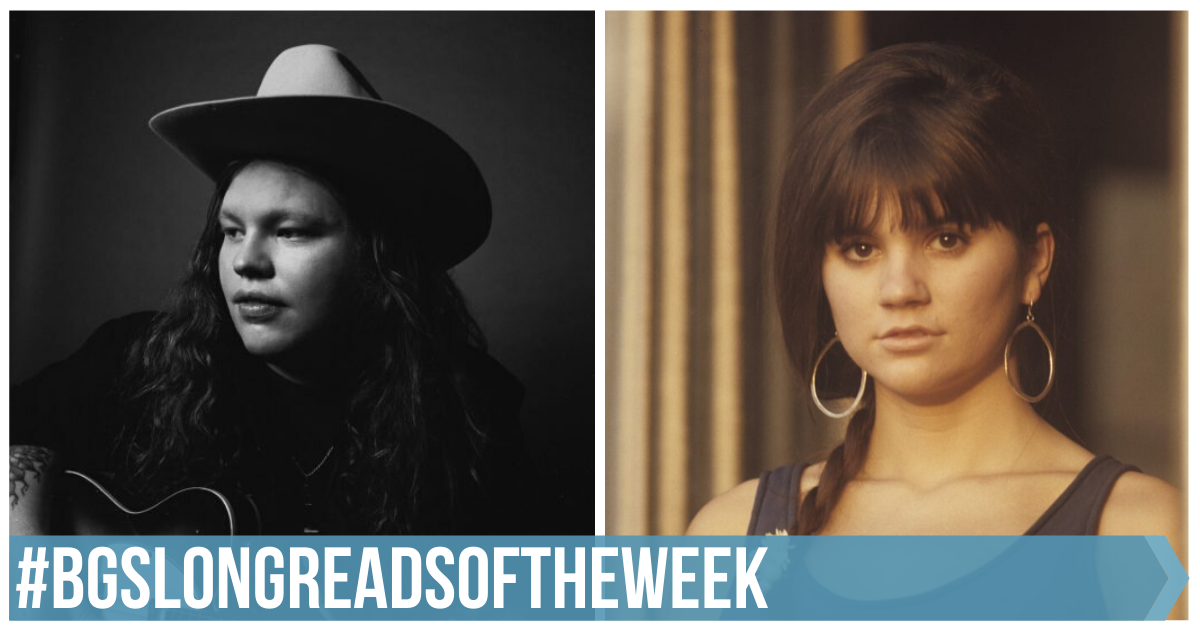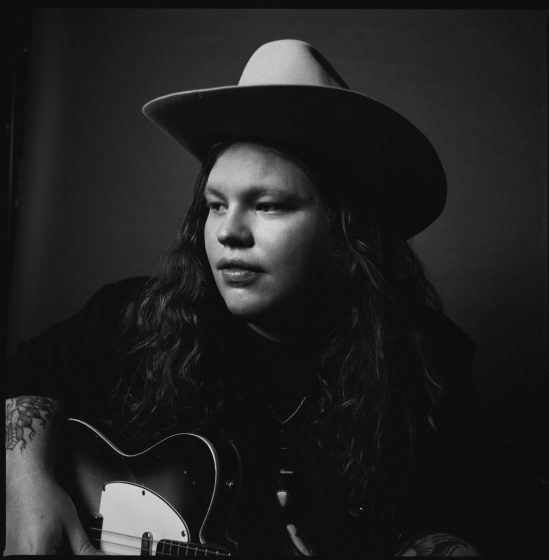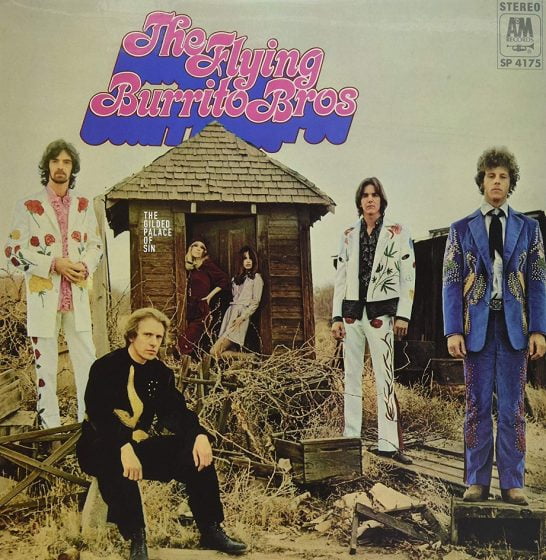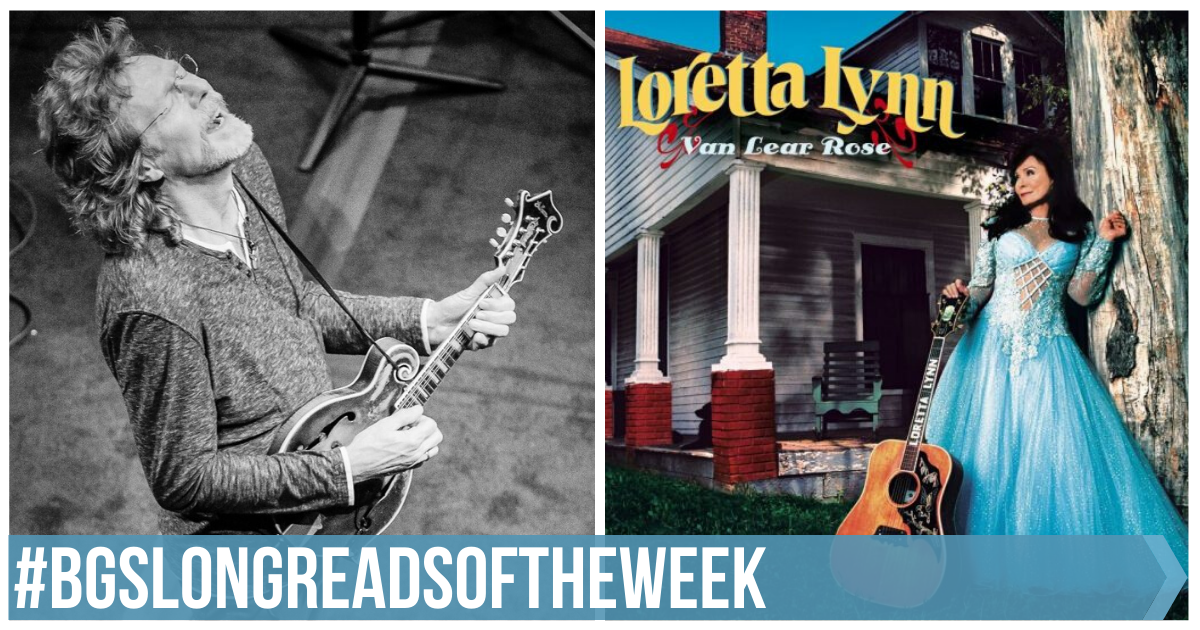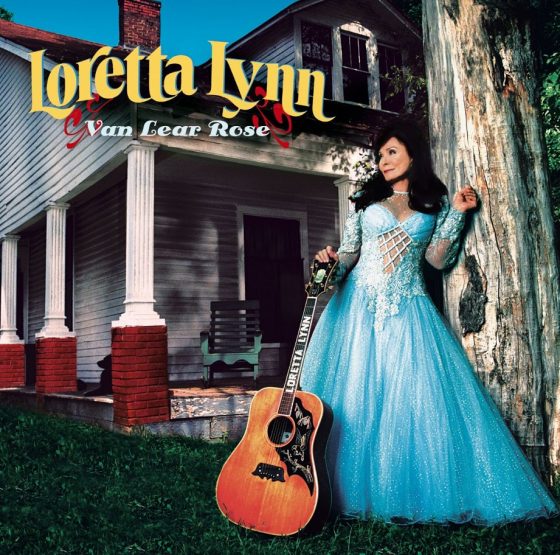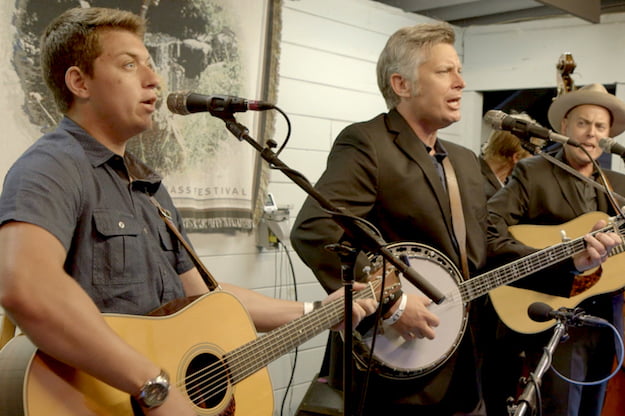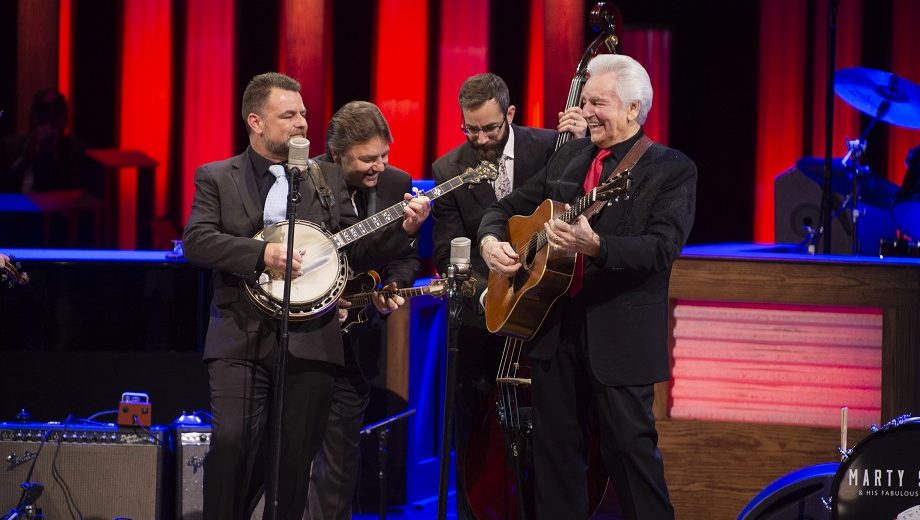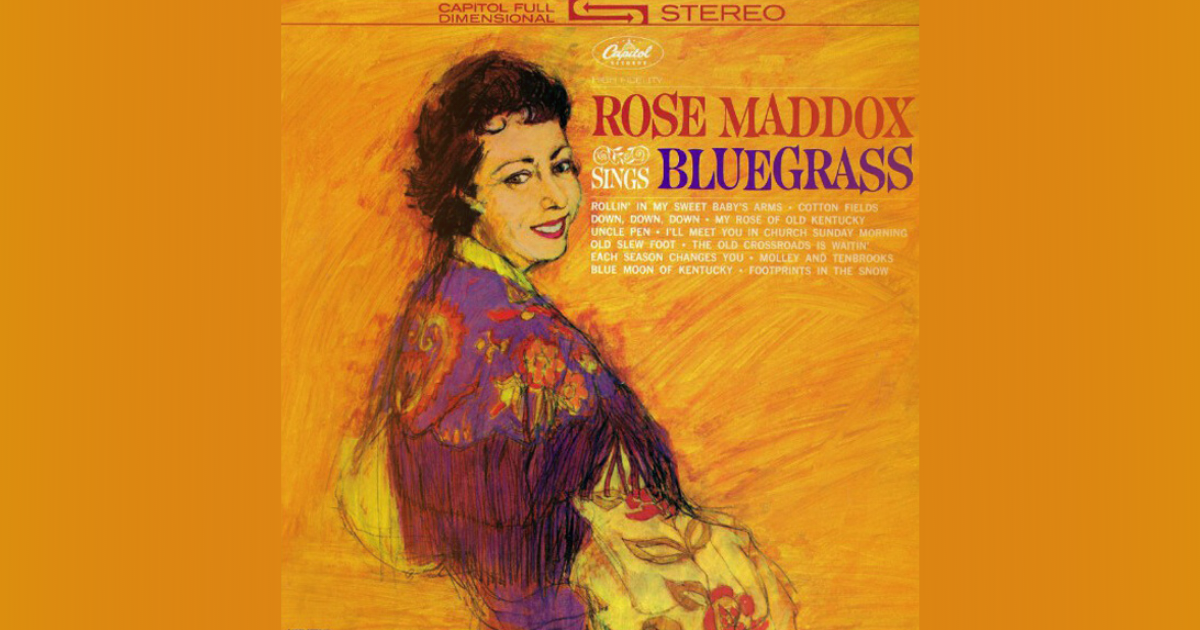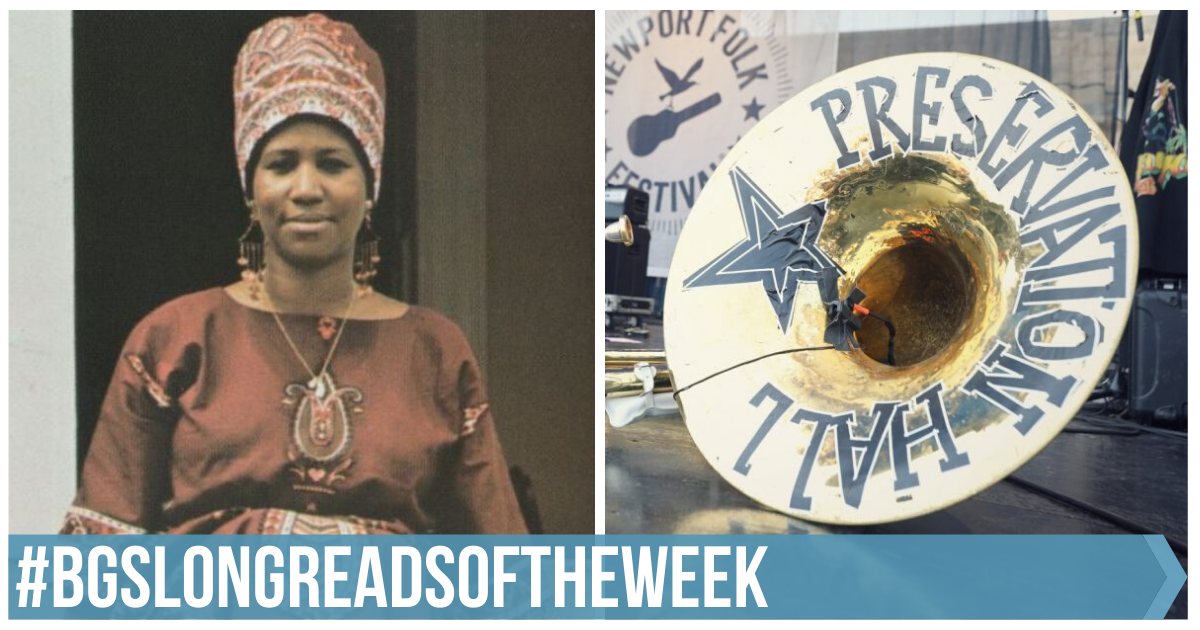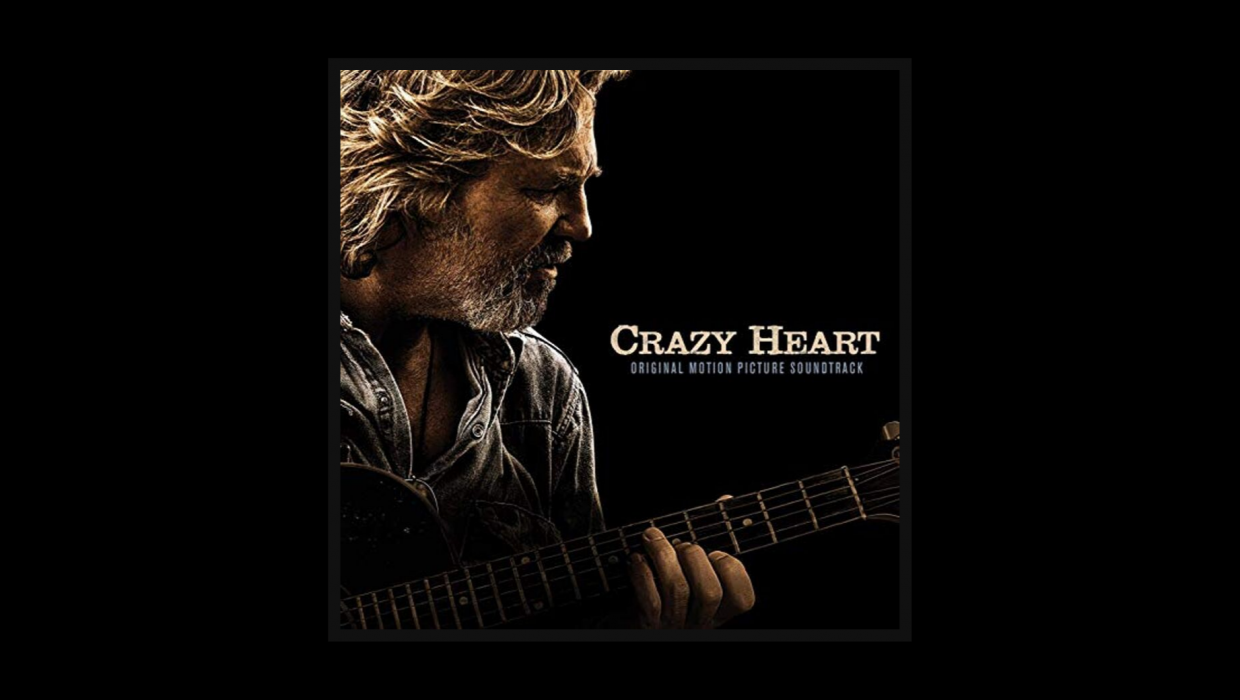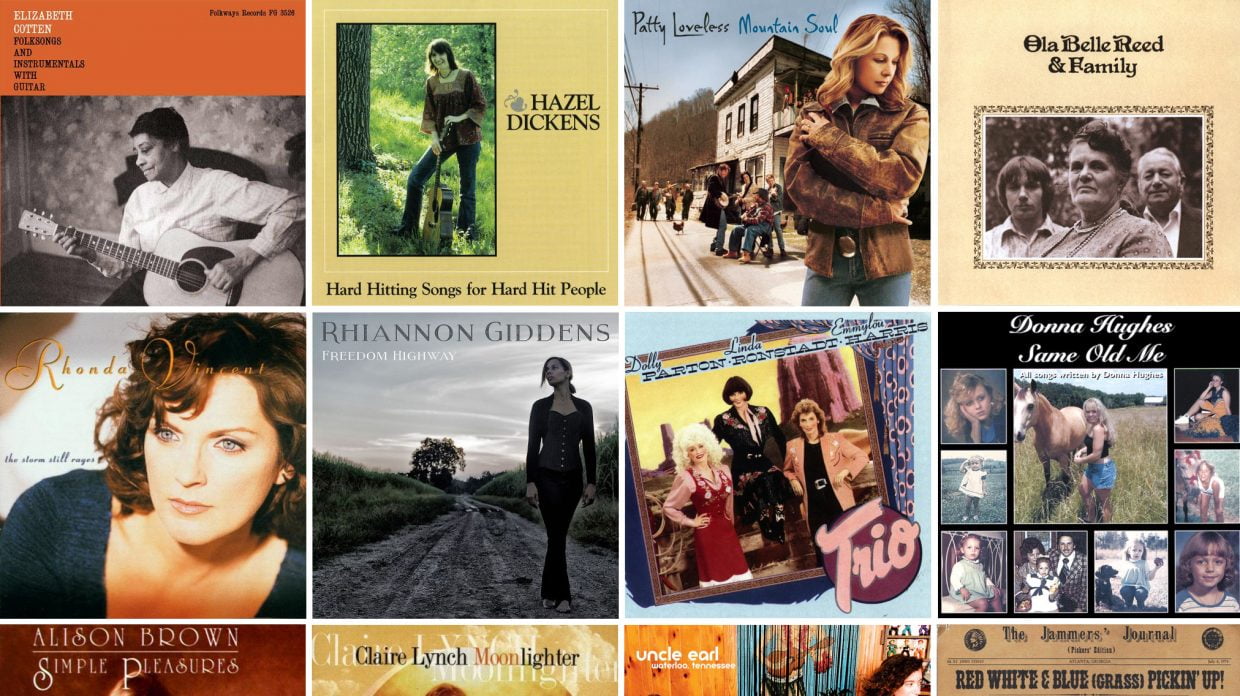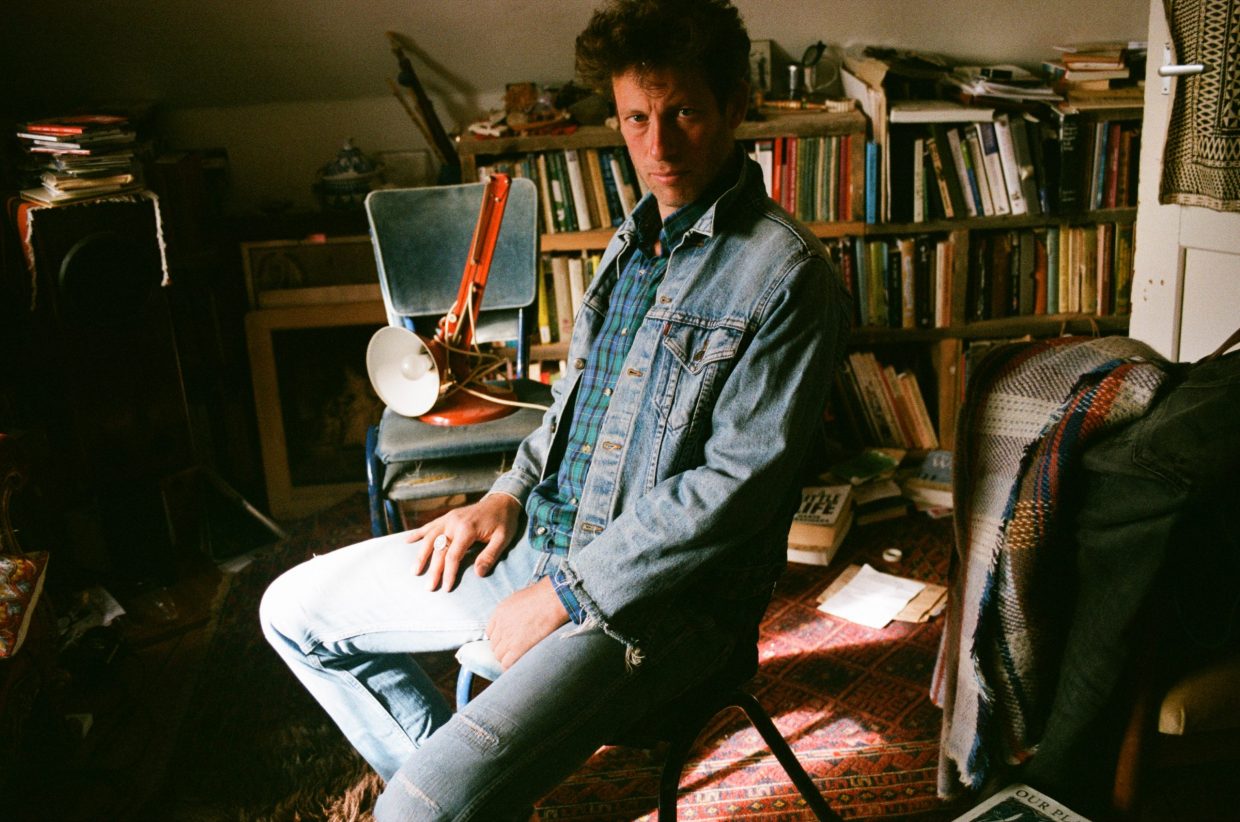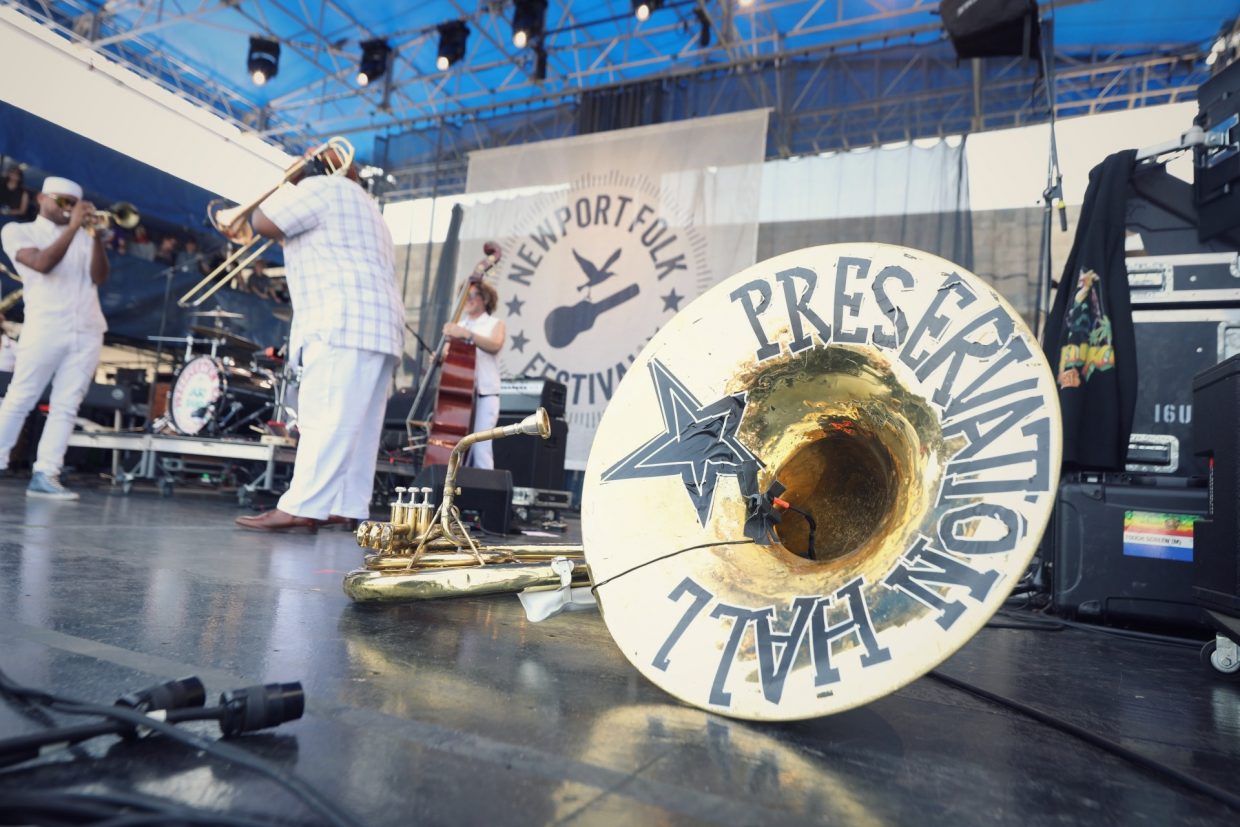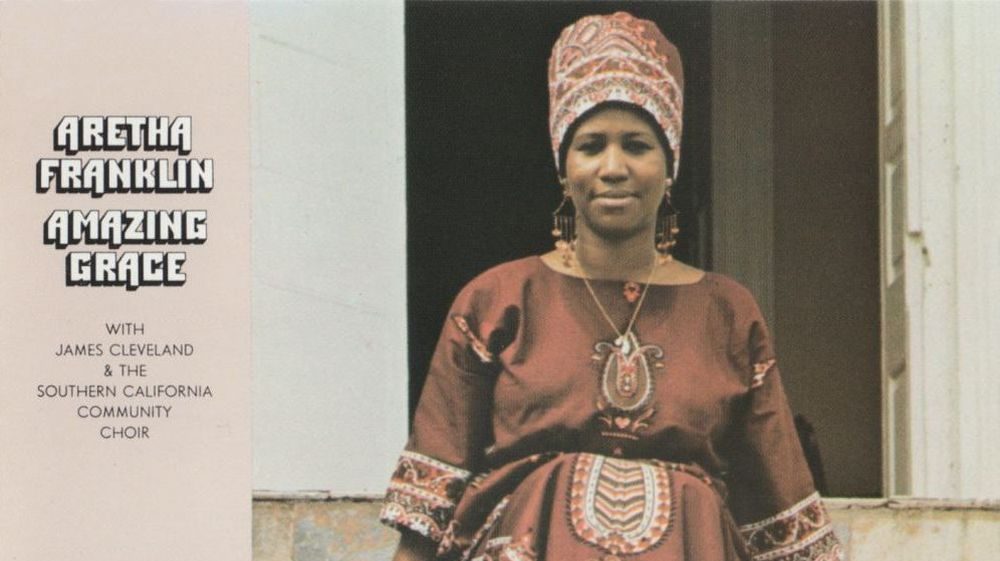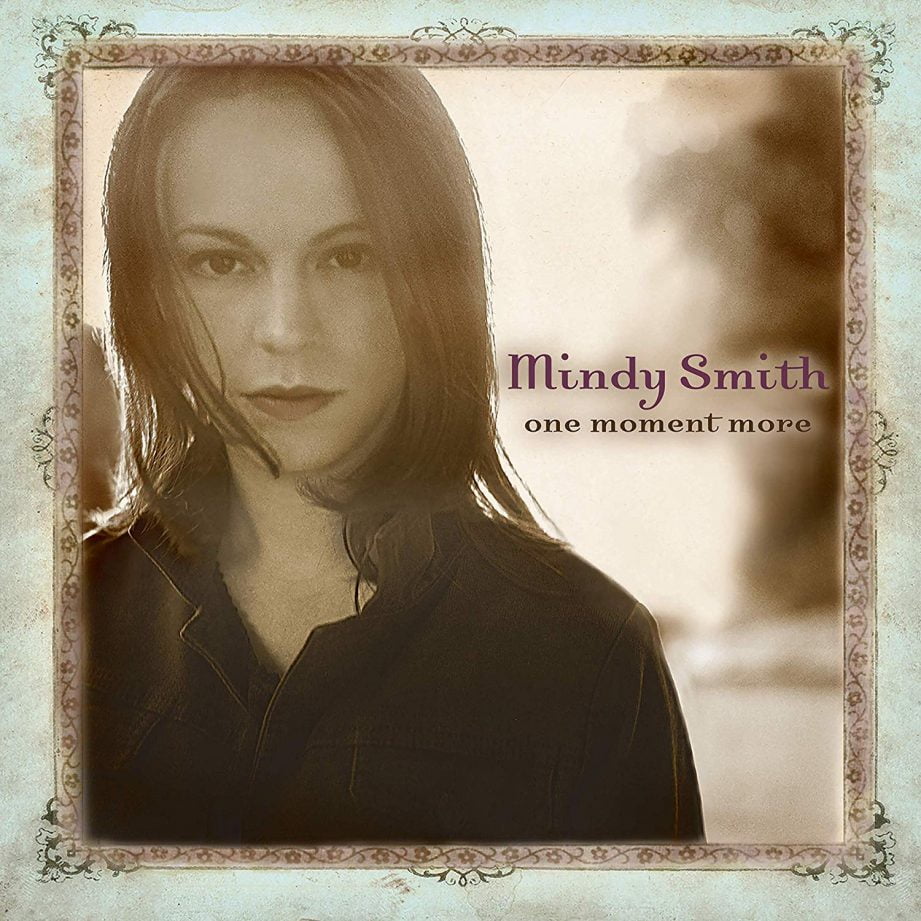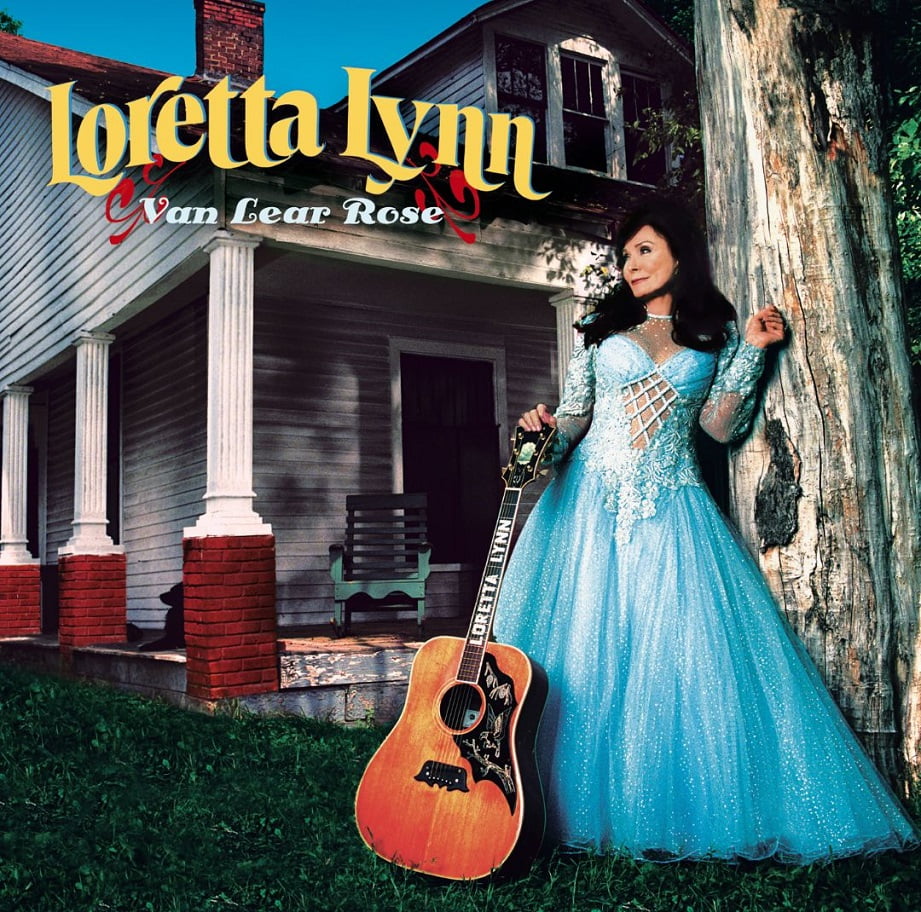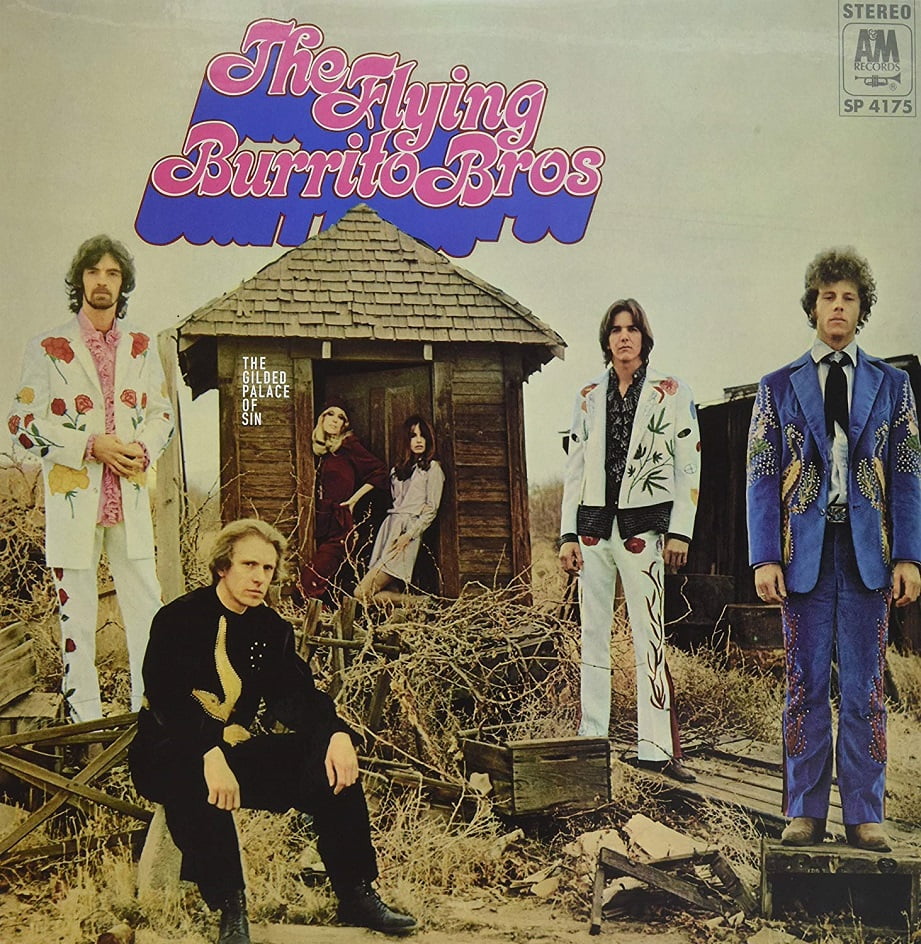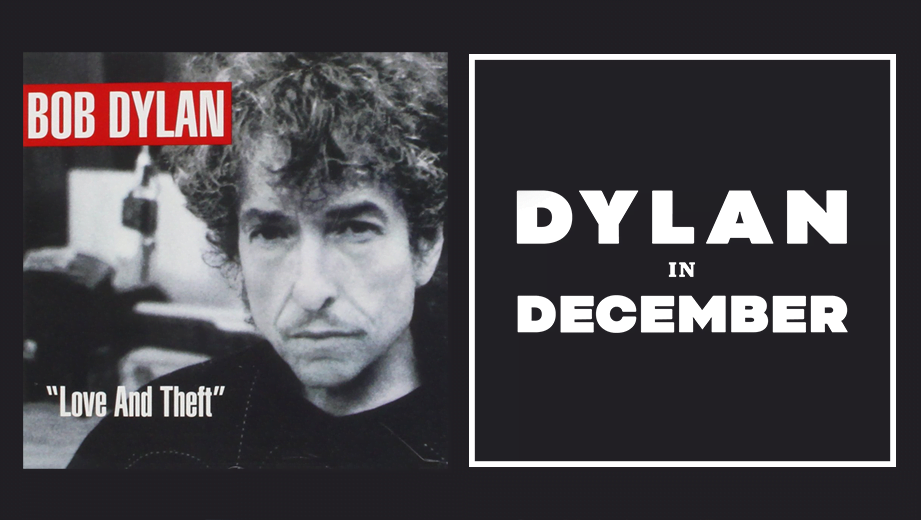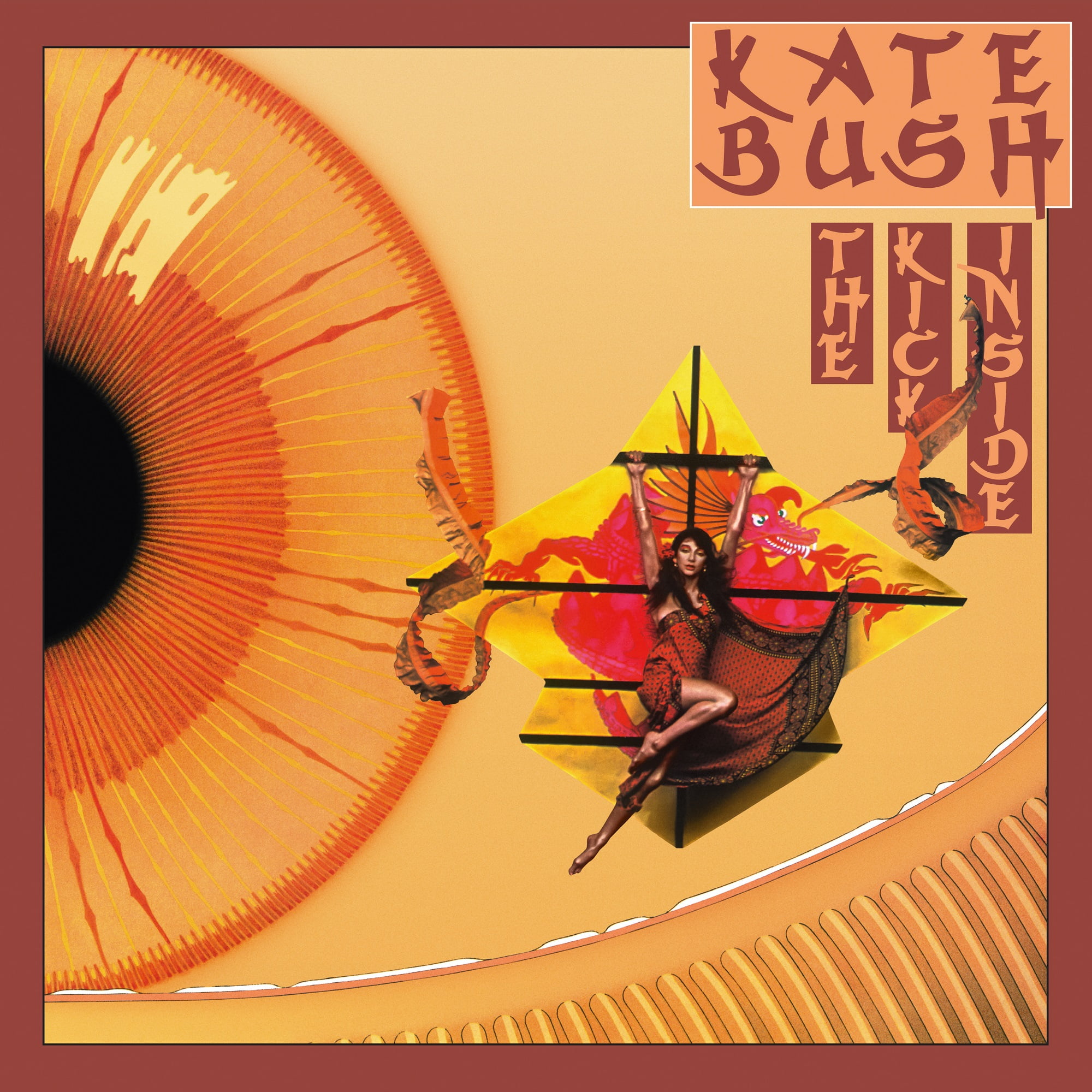Halfway through the rollicking “Summer Days,” off his 2001 album, Love And Theft, Bob Dylan sets a romantic scene: a chapel, an altar, wedding bells. “She’s looking into my eyes, she’s a-holdin’ my hand,” he sings, the “worn-out star” chagrined by the attention and affection of this woman. Then he sets the song rolling in a new direction by recounting what might be their vows: “She says, ‘You can’t repeat the past.’ I say, ‘You can’t? What do you mean, you can’t? Of course you can!”
It’s a sly, playful jab at Dylan’s betrothed: Jesus considered the church his bride, and Dylan seems to understand his vast array of fans, the so-called Bobophiles who parse every word for meaning, as his doting helpmeet. Throughout the album and especially on “Summer Days,” she is both a conquest and a conquistador, the one who defines him and the one who assures him he’ll never again reach the vaunted heights of “Desolation Row” or “ Tangled Up in Blue.”
Released on September 11, 2001, Love And Theft is an album about aging, about outliving your usefulness, about the horrors of obsolescence: physical, intellectual, sexual, artistic. In that regard, it’s a fine sequel to and commentary on 1997’s Time Out of Mind, the darker, bluesier, more worried meditation on aging. Time Out of Mind was Dylan’s celebrated comeback, an album as good as anything he’d done before and therefore an album that nobody saw coming. Dylan had spent the previous twenty-plus years as purely a legacy act, an artist chasing a very particular muse throughout the ‘80s and well into the ‘90s, whose albums remain hotly debated by his fans but largely ignored or, worse, derided by everyone else. A return to commercial and creative form by the man who made Saved and Down in the Groove was an intriguing idea, but nothing you’d bet your house on.
Time Out of Mind truly deserves its reputation as one of his finest albums, but Love And Theft is even better. If the former solemnly ponders the grave, if it scrolls through decades of popular music to find the right words and the right melodies with which to evoke that fear and contentment, the latter chortles at all that. It’s perhaps Dylan’s funniest album, full of jokes both highbrow and low, literary and vaudevillian. He makes bad puns (“I’m sitting on my watch so I can be on time”) and invokes John Donne (“For whom does the bell toll for, love? It tolls for you and me”). He’s elbowing his previous self in the ribs; he’s poking a little fun at the idea of death, or at least at our fear of it, or at least our urge to make art of that particular dread. That makes him sound even wilier and wiser, chuckling as he plays checkers with the Grim Reaper. On Love And Theft he knows he’s attained a rarified perspective regarding these universal concerns, so why would you ever want to repeat the past? It’s just another way to ignore the inevitable.
There’s more, of course, to that remembered conversation between Dylan and whoever thinks you can’t repeat the past. Consider that it is paraphrased from that great American novel The Great Gatsby. Gatsby reminisces to his friend and the book’s narrator Nick Carraway: “‘Can’t repeat the past?’ he cried incredulously. ‘Why of course you can!’” It’s a sly allusion, a barb stuck in Dylan’s brain, and even though the novel suggests that Gatsby is deluded — suggests, in fact, that such a deceptive pursuit accompanies great wealth and power — Dylan understands it to be perhaps the essential American compulsion. Or, at least the essential compulsion of pop music, which asks its artists to constantly top themselves or risk obscurity.
Love And Theft is dense with such allusions, an album embedded deeply in the American memory. Every song demands to be annotated and researched; every song gains added depth and meaning when those connections are mapped out. The title itself is lovingly thieved from the book Love & Theft: Blackface Minstrelsy and the American Working Class, by Eric Lott, a professor of English at the University of Virginia.
Beyond that there are references, subtle and obvious alike, to Robert Johnson, Charley Patton, Blind Willie McTell, the Mississippi Sheiks, Blind Lemon Jefferson, Abraham Lincoln, probably but not definitively Bing Crosby and Frank Sinatra, some guy named Robert Zimmerman, and so many anonymous Americans who shaped the culture Dylan loves but whose names have been lost to history.
Dylan shuffles through them with no regard for geography or chronology. “It could be 1927 or 1840 or biblical times in a Bob Dylan song, and it is always right now too,” Sean Wilentz writes in his 2010 book Bob Dylan in America, which obsessively and insightfully maps out many of these allusions. “Dylan’s genius rests not simply on his knowledge of all those eras and their sounds and images but also on his ability to write and sing in more than one era at once… But every artist is, to some extent, a thief; the trick is to get away with it by making of it something new. Dylan at his best has the singular ability not only to do this superbly but also to make the present and the past feel like each other.”
Love And Theft often plays like the culmination of Dylan’s fraught relationship to history, one that started as early as his 1962 self-titled, debut album. To listen to Dylan — whether it’s protest Dylan or born-again Dylan or gone-electric Dylan or Rolling Thunder Revue-era Dylan or even 40-years-in-the-wilderness Dylan of the 1980s — is to hear an artist reckoning with his own past and with America’s past. He’s repeating the past almost literally: a quoted phrase here, a stolen riff there. It’s loving, knowing plagiarism, a crazy quilt of sources and codes, a refutation of contemporary recording techniques and music biz practices, all the more subversive (at least in Dylan’s hands) for being outmoded.
Roots as a genre is a fairly new invention, one that can be traced back only a little further than Love And Theft. I place it at the turn of the century, with the shocking popularity of O Brother Where Art Thou? Whether intentional or not — most likely not —Dylan contests much of the music and many of the assumptions on T Bone Burnett’s soundtrack: namely, that the artists of the early twentieth century were somehow more authentic for being acoustic and earnest. Dylan knows they’re racketeers and raconteurs, crafting clever masks and intricate personae, both sophisticated and crude. All artists are liars who tell the truth, seems to be Dylan’s point.
It’s such a heady concept for such a fun album. Besides the rambunctious playing of Dylan’s band—which includes Larry Campbell, Augie Meyers, and Charlie Sexton—the most appealing aspect of Love And Theft is the obvious and often contagious glee with which the notoriously reclusive artist undertakes the project. He has a high old time navigating the jumbled syllables of “Tweedledum & Tweedledee” and bemoaning the Magnolia State on “Mississippi.” He sounds immensely comfortable crooning “Bye and Bye” and “Sugar Baby,” which portend his detour into mid-century pop on Shadows in the Night and Triplicate. He makes a meal of the folksily apocalyptic imagery of “High Water (For Charley Patton).”
Working with so much pop-cultural raw material, Dylan foregrounds the process almost to the point of overshadowing the product. But the small miracle of Love And Theft is that these songs sound like they are forever being written in real time, created and re-created every time he sings them and every time you press play. It is an ongoing collaboration between artist and audience, between Dylan and his ready bride.

